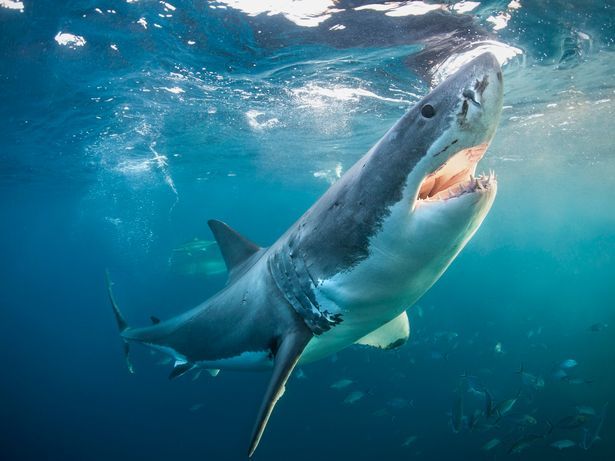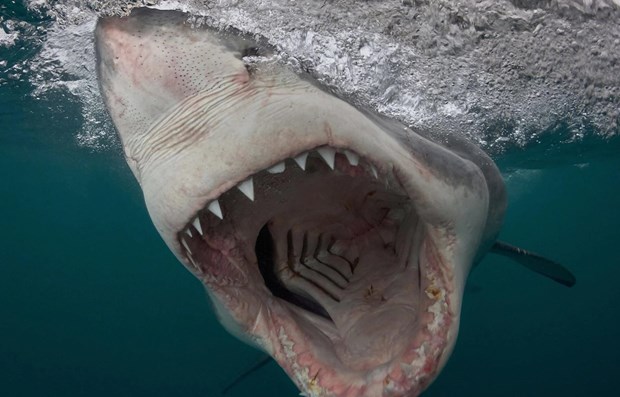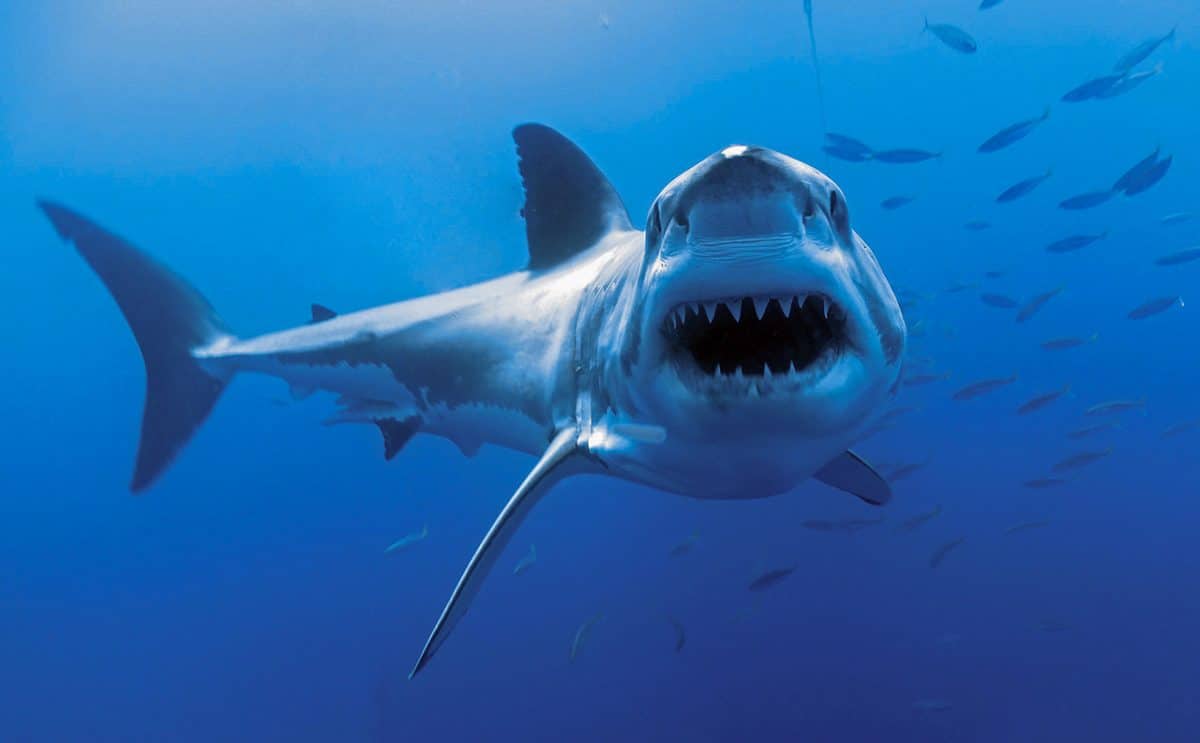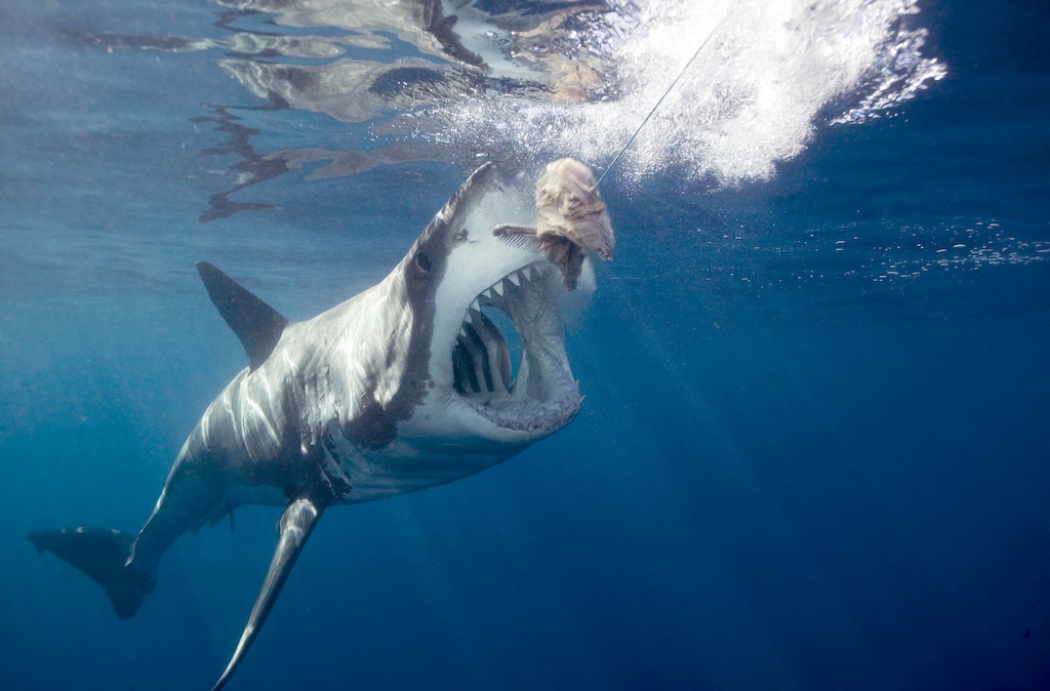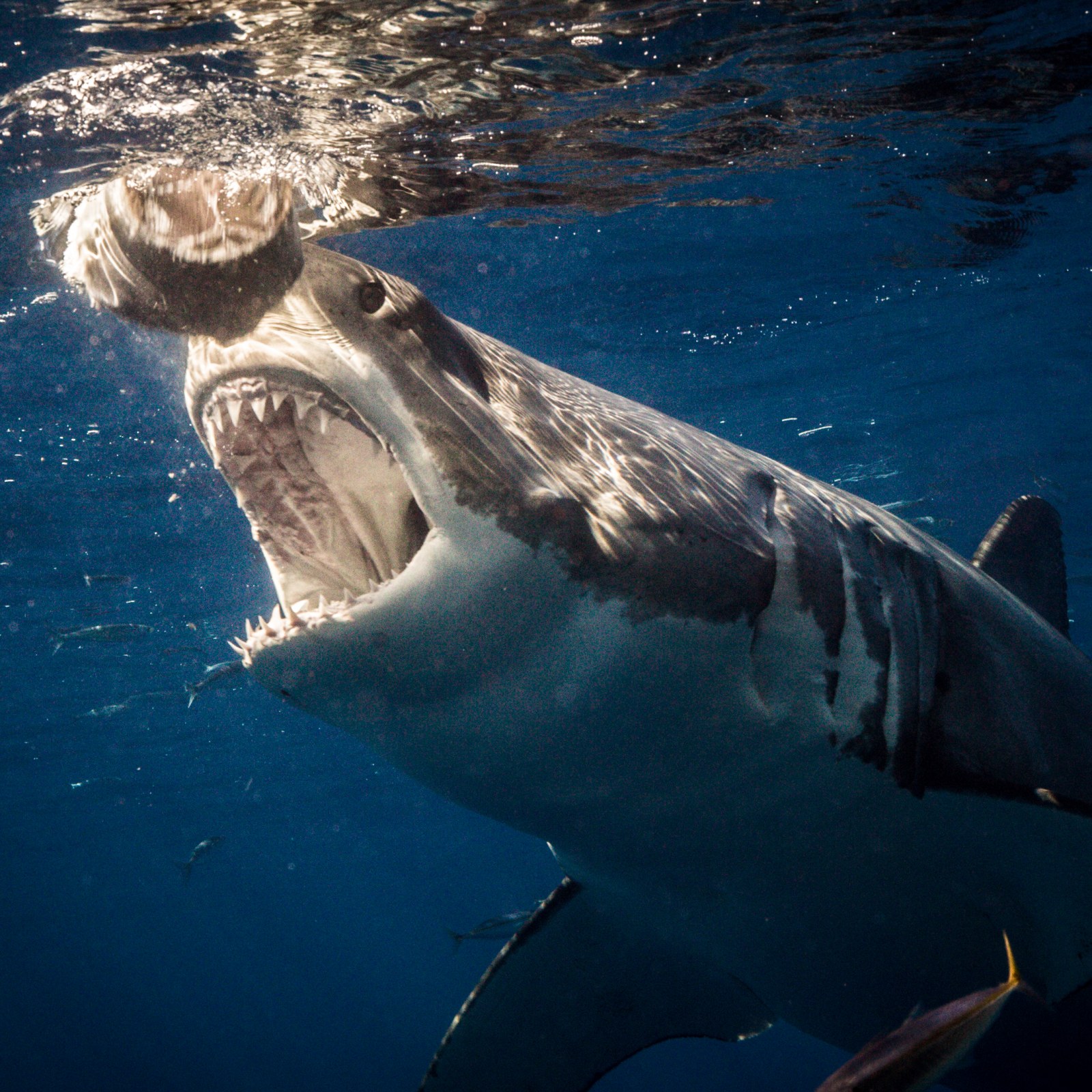“The Great White Shark: Master of the Hunt”
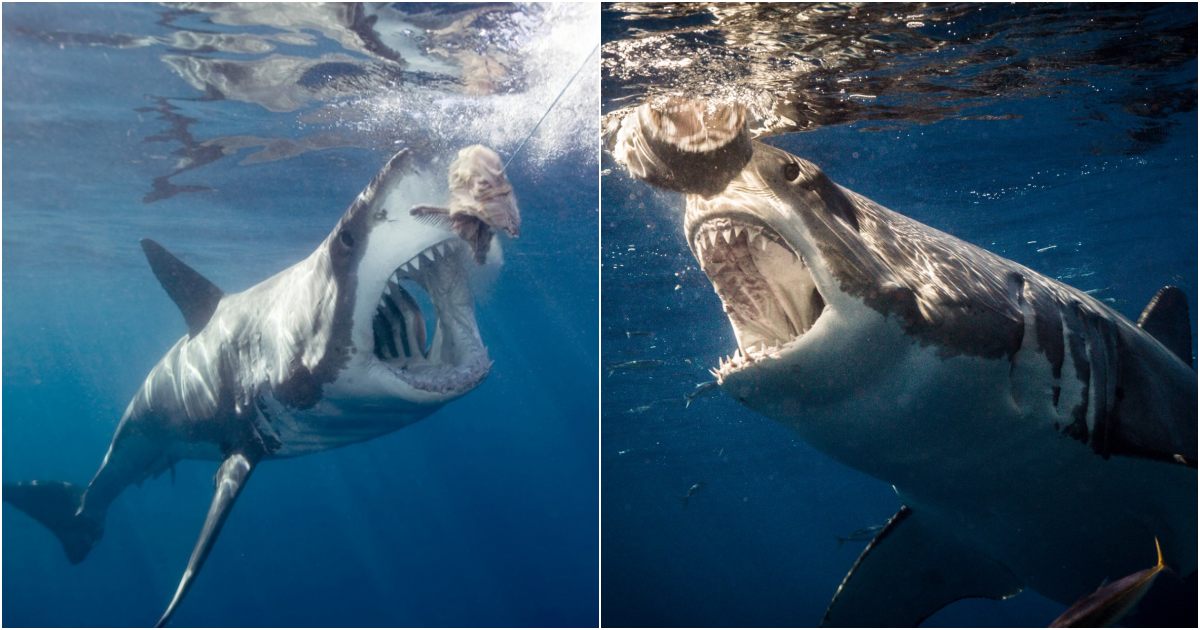
The Great White Shark, also known as the “ocean’s apex predator,” is one of the most formidable and fearsome hunters in the world. With its razor-sharp teeth and unmatched power, it reigns supreme in the depths of the ocean.
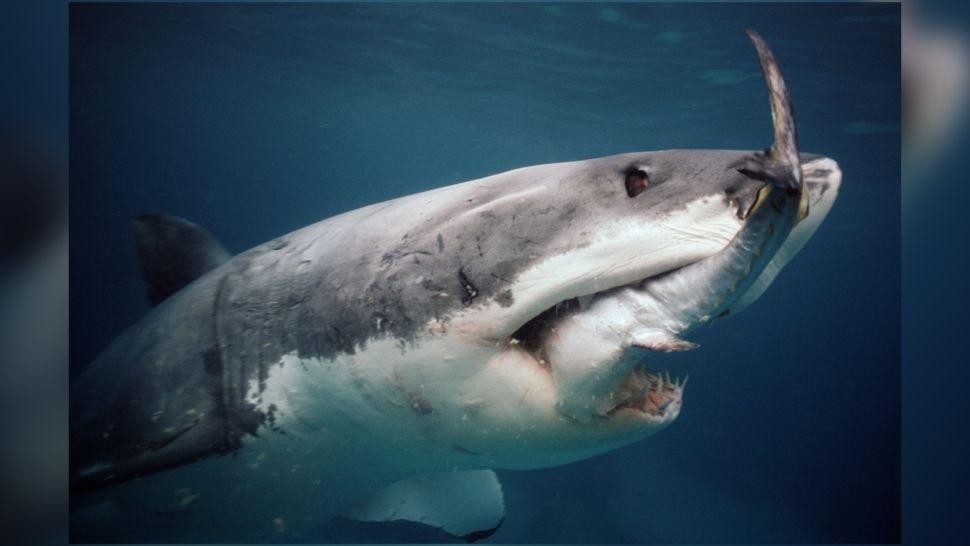
The Great White Shark primarily hunts by lurking beneath the water’s surface, patiently waiting for potential prey. Its agility and keen eyesight allow it to detect even the slightest signs of a potential meal. When it spots its prey, the Great White Shark swiftly strikes with lightning speed and precision.
Equipped with incredible strength and an array of sensory organs, including electroreceptors that can detect the faintest electrical signals emitted by its prey, the Great White Shark is a highly efficient and deadly hunter. Its powerful jaws can deliver a single devastating bite, often resulting in instant incapacitation or death for its prey.
The hunting behavior of the Great White Shark is both awe-inspiring and terrifying, as it effortlessly dominates the food chain. Its role as an apex predator is vital in maintaining the balance and health of marine ecosystems. While their reputation may evoke fear, the importance of these majestic creatures in the marine world cannot be understated.
The Great White Shark is known to inhabit a wide range of oceanic regions, including coastal areas, open waters, and even some islands. They can be found in various parts of the world, such as the waters off the coasts of California, South Africa, Australia, and Mexico.
These magnificent creatures have existed for millions of years, showcasing their adaptability and survival skills. Despite being classified as a vulnerable species due to threats like overfishing and habitat destruction, the Great White Shark continues to endure in its natural habitats. Efforts are being made to protect and conserve their populations, recognizing their vital role in maintaining the marine ecosystem’s balance.

